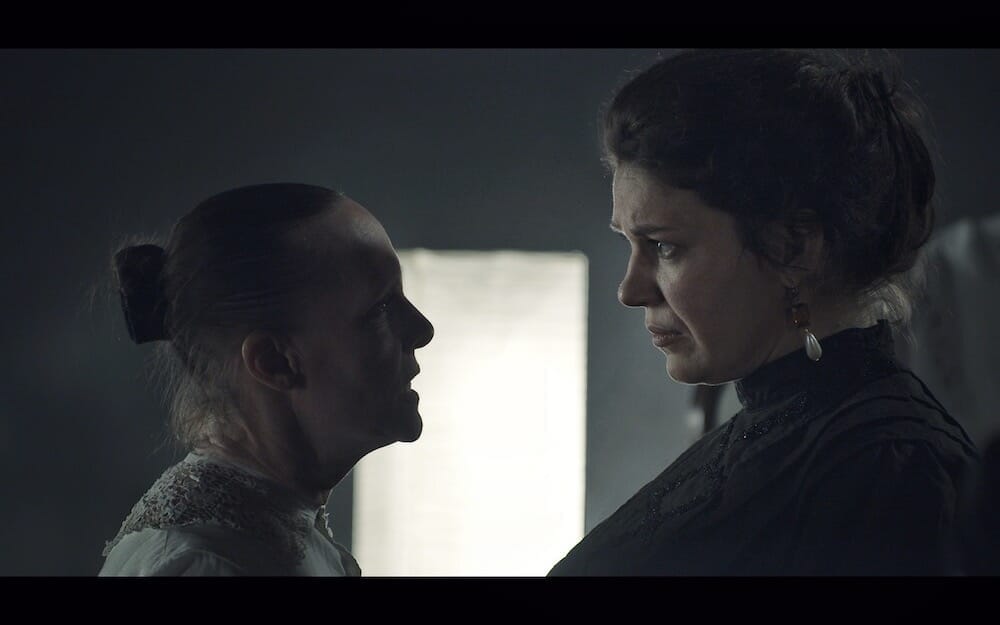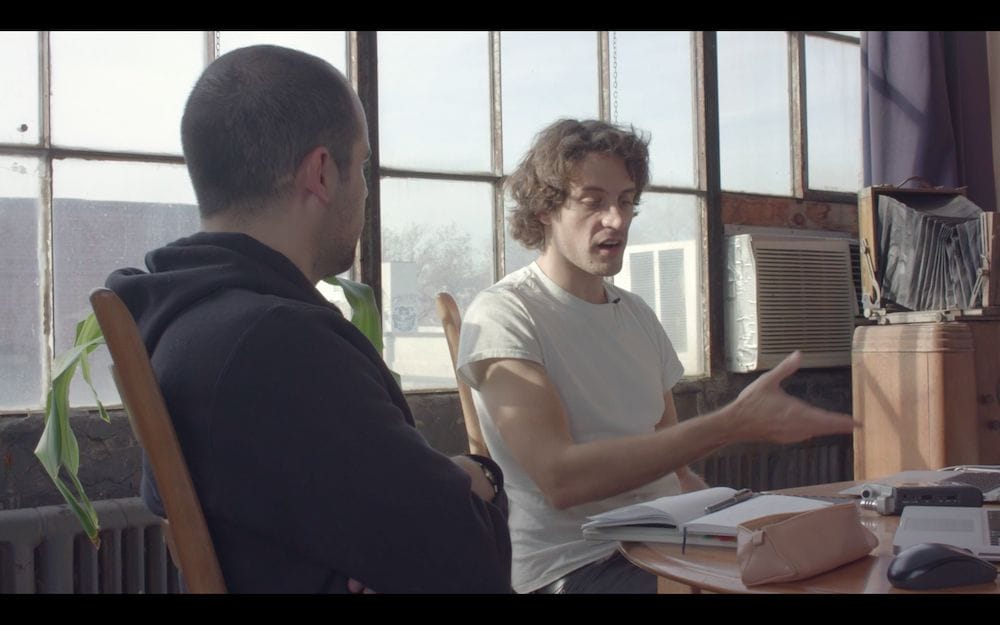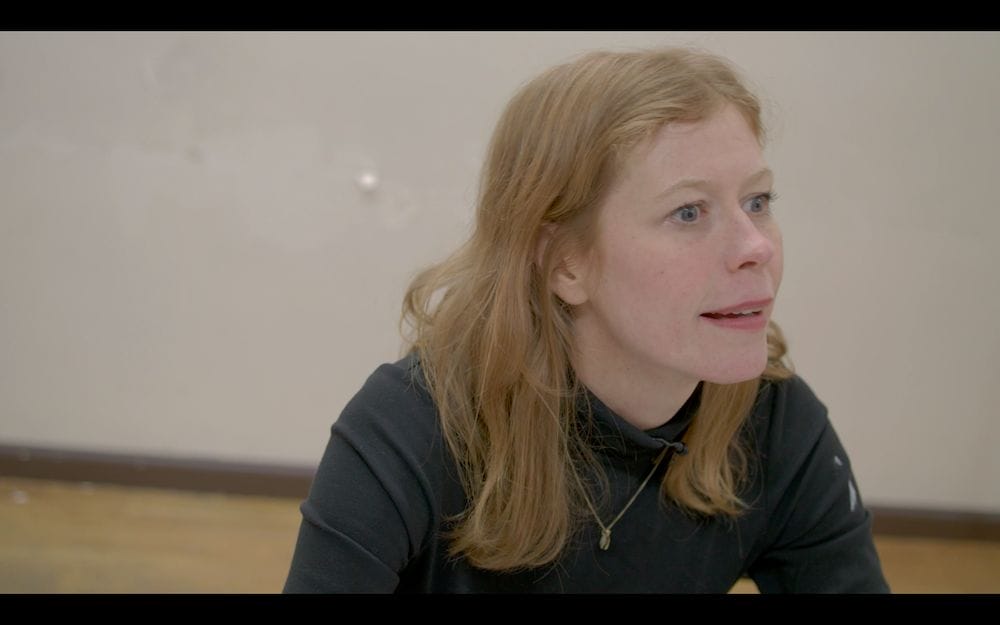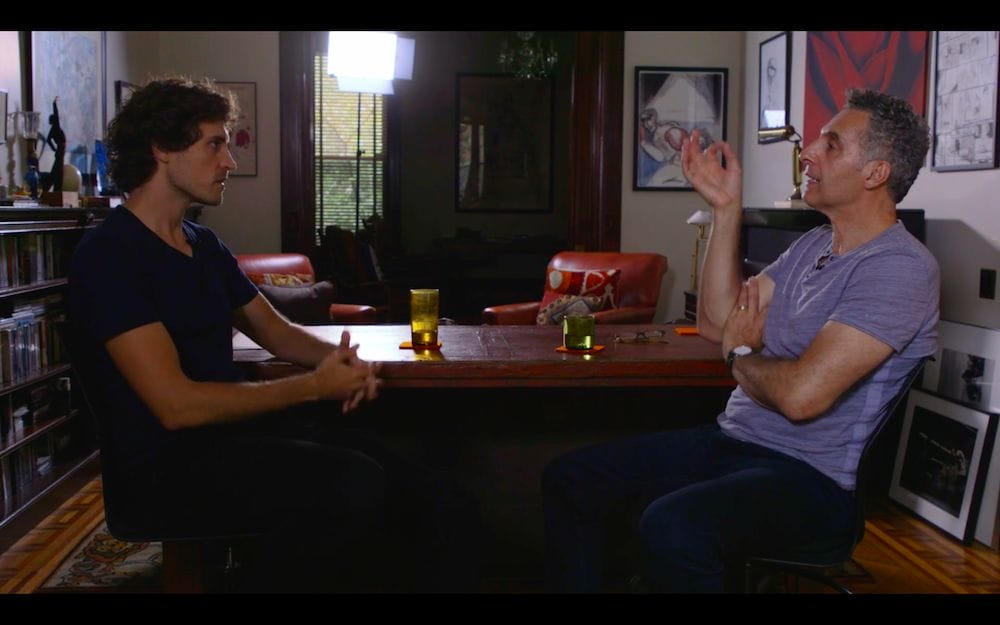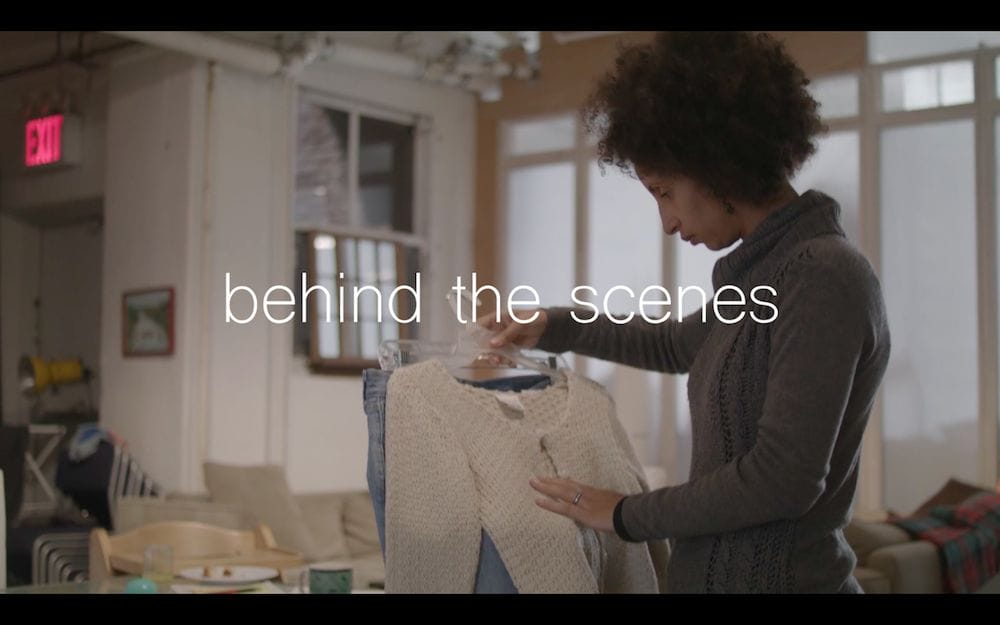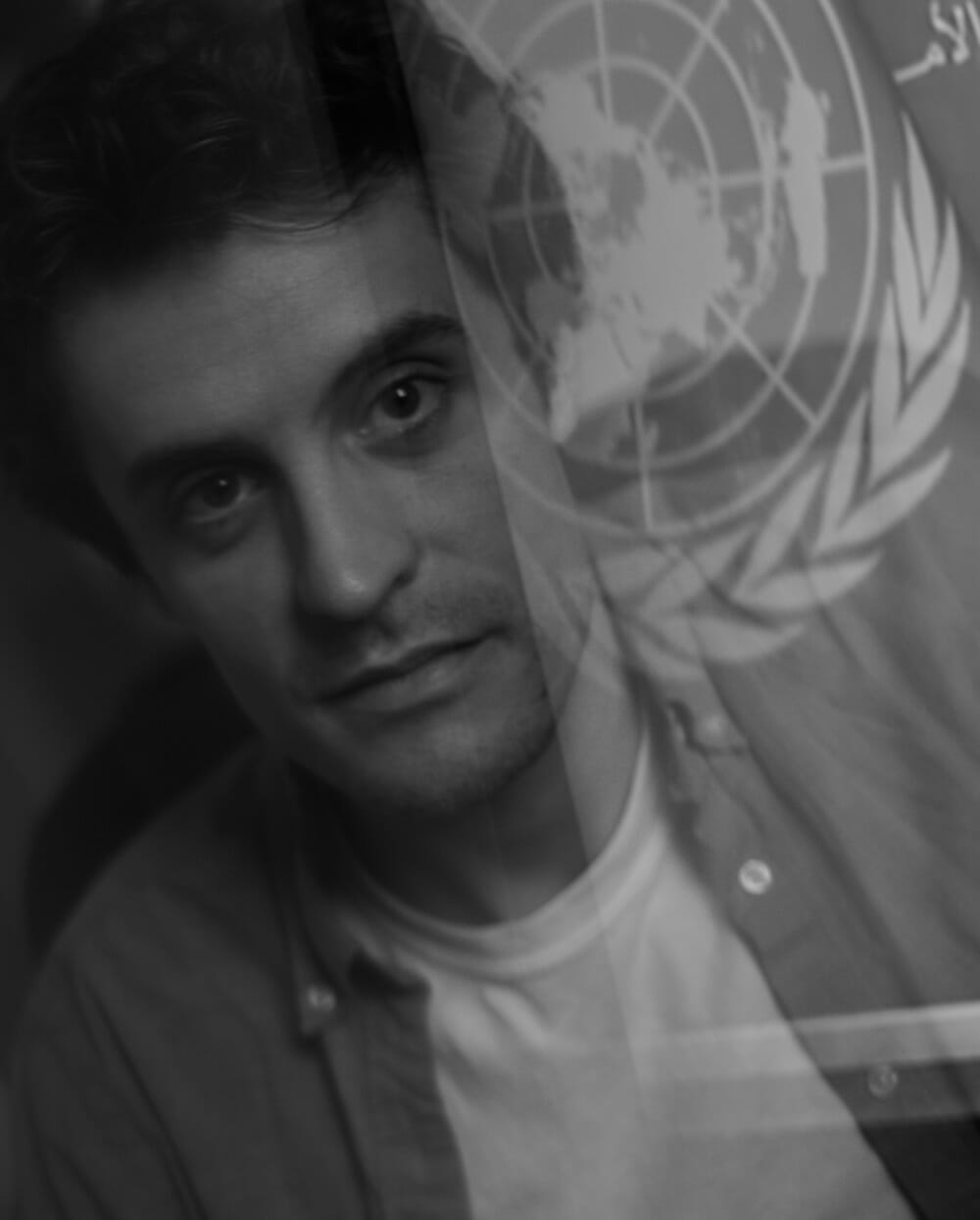How does cost-of-living affect theater--especially at the more grass roots level where new growth of creative expression typically flourishes??
How do Off-Off Broadway productions of new works fare in New York City compared to those in places where rents are lower?
Toggling between theater scenes in New York City and Chicago, questions like this come to mind. Perhaps that’s why the news announcements from a new venture called Thirdwing are so intriguing.
Thirdwing, is a new theater company, that states it wants to change the business model for independent, off-Broadway fare. Developing new American plays directly for their own streaming platform in episodic, bingeable form, playwrights can then expand their ideas for live productions in NYC.
The online platform will also offer master class interviews with well-known actors and theater makers such as Danny Burstein and John Turturro, and also present a documentary series that follows the trajectory of each Thirdwing production up to opening night.
Thirdwing will launch first on desktop with its unscripted content on January 25th.
Roku and iOS to be released in the following months. Subscriptions for 4 months will cost $3.99 per month, then the next live show will be free.
Here, Picture This Post (PTP) asks Thirdwing founder Cameron Darwin (CD), to expand upon the plans for Thirdwing and why it is unique.
Though the founders of Thirdwing have New York theater most in mind, clearly their offering has import for theater-lovers nationwide—or worldwide!
(PTP) Whom do you expect to respond more to Thirdwing offerings- regular theater goers or film devotees or?
(CD) People who are interested in seeing new work being developed, so that means theater makers and creative people initially. We want to help the person who is maybe a few years out of drama school and still making their own work to stay inspired, and to give them an easy way to see new work while they’re writing their own script or working on their own character. Thirdwing is created in the spirit of igniting new work, and I would love nothing more than for that work to come from people who watch our stuff and think “I want to do that, I have things I want to express like this.” The audience is the “third wing.” So the name of our company is an invitation to be creative.
If someone goes to live theater regularly- what are the main value adds of using a streaming service such as yours?
When drawing up the business plan for Thirdwing, I wanted to solve three problems in theatergoing. Number one: theater, Broadway and off, is expensive. Number two: there’s risk-aversion in selecting what you’re going to spend your money on if you don’t have an idea of what a show is really like. And number three: it’s hard to plan in advance, to remember what’s on and when, and how it fits into your schedule. Thirdwing solves these problems with a very inexpensive monthly fee (first problem solved) that instantly gets you access to work we’re doing so you can see if you like our stuff (second problem solved) and then you can decide if you want to stay on board until a live show opens, which we keep you updated on with our documentary shows that chart the course of each production towards opening night (third problem solved).
Will you be focusing on New York theater productions only?
Since we’re a theater company first and a streaming service second, we aim to start small with the most interested and curious audience possible. There is still a lot to learn about how this will work best. And we want to do that in New York as a home base. The longer plan includes other cities and towns, and I’m already talking to theater makers in D.C. who are really interested in our approach. We’re also open to the idea of touring a show once we’ve opened it in NY.
Which types of plays do you consider more conducive to a “streaming” format- and which least? Why?
When I’m watching something on streaming, I want to be brought into a world with characters whose story arcs I can binge and get lost in. But when I think of the lights going down on a great play, I think of that gut-punch feeling, some kind of truth about life you come away with, whether it’s a comedy or drama or kind of both. When developing projects for Thirdwing, these effects have to be taken into account, and so the scripts are different for the streaming and stage productions, although they’re connected through character and story and theme. Online, we’re producing shorter, episodic content that’s still got the vitality of live performances. The scenes are also longer, so characters have room to breathe and talk, like you see in most plays.
If we were to try and develop a three-hour play for streaming, I feel like at the half-hour mark you’d be asking yourself, “What’s the point? Why aren’t I just there in person?” We want the online content to be inspired by great aspects of theater but delivered in a way that makes sense for the format. 12 Angry Men was one hour long when it was first broadcast as a play written for television. Then when Sidney Lumet applied more cinematic techniques to the material, it grew to more feature length. Our first offering, The Female Genius, has largely the same script between the two formats. The online episodes are presented in an order more conducive to discovering a new little story each week. The live play has a few extra scenes, and it’s presented in an order that makes more sense thematically and energetically when watching them live in one sitting.
How will your interviews be similar /different than typical theater “talk back” events with playwrights, cast and/or creatives?
When I watch creative interviews, I always get impatient with questions like “Where did you grow up? What school did you go to? When did you know you wanted to be an actor?” So for Shop Talk, we try our best to talk about specific techniques and craft with each actor, director, or playwright. The interview we have with John Turturro starts right in with his description of a “contact reading” and explains why he approaches a script a certain way. He gives examples of how he would say a line if he actually hadn’t done that patient craft work beforehand, so you can really see the value of taking his advice.
I also wrote a very bad monologue on purpose, which I ask each great actor to cold-read with no preparation, to see how they do. It’s my bad writing vs. their great acting. While it’s a fun gimmick, it does actually show people thinking on their feet, and I’ve learned a thing or two already watching Turturro and also Danny Burstein, who’s in Moulin Rouge right now, tackle these same boring words, and to see what you might almost call their survival techniques, getting through the cliches and vagueness I’ve set out as a kind of trap.
Are there different considerations for stagecraft when you are creating a streaming play?
Yes, and I’ll be constantly working on this - there’s a whole document I’m adding to periodically with different questions about this - camera placement, how many frames per second you are running the video at, how you mix the sound, how to make the audience feel like they’re watching something theatrical, but not like they’re merely watching a recording of something they didn’t have the privilege of experiencing. I watch films that I think are successful in marrying performing arts to film, like Pina, by Wim Wenders, or the BBC adaptation of Top Girls from the early 90s, and I take a lot of notes.
The most immediate thing you’ll notice about a Thirdwing streaming production is the focus on the performances rather than production or large sets. It’s a very blackbox feeling, stripped down to the necessary elements, with meaningful props and furniture that simply orient your imagination. It’s kind of like Our Town, or Dogville.
In the production we just wrapped, we weren’t able to light the actors from above, like spotlights coming from a grid in a theater ceiling. So we lit them more from the side, like in a regular movie scene. But because we were shooting with multiple cameras to capture entire scenes in one take without stopping, we also lit both main characters with key light. In film, you usually change the lighting around when you change camera angles and get different “coverage” for each actor. Also, the colors of light and their intensity were chosen for mood over realism, which also made them more theatrical. Which is not to say that lighting design can’t be realistic in theater or expressionist in film, but I’m just taking about tendency. In a future project, we’re planning to film some of it in a real location and then slowly peel the layers of realism back until it’s purely in black space with the actors and their emotions. We’re borrowing from stagecraft, but doing something you can’t do in theater.
Editor’s Note: Thirdwing’s first offering will be a comedy by Rachel Carey, titled (The Female) Genius. Famous authors including Ayn Rand, Gertrude Stein, and Mary Shelly, all struggle with being misunderstood as artists and as women. The online series was filmed in December and a live play, which includes extra scenes, will open April 14th at The Wild Project.
For more information visit the Thirdwing website.
Photos courtesy of Thirdwing

